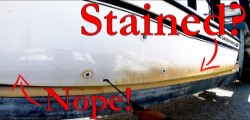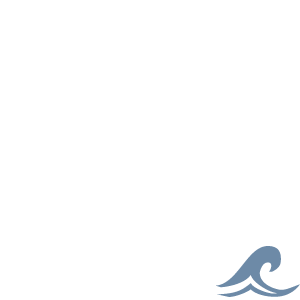Currency:


Orion #52251 Orange Smoke Signal
The most effective daytime signal to help rescuers pinpoint your location. Each floating canister delivers 3 minutes of a dense orange cloud. Will not harm the environment. Meets SOLAS, Transport Canada and USCG requirements. Sold individually.
Product Code: 9954-095
Usually Stocked Items normally ship immediately or in 1-2 business days. These items are returnable subject to our
RETURN POLICY
Quick Access Items normally ship in 1-2 business days. Quick Access Items are returnable subject to our
RETURN POLICY but with a restocking fee.
Special Order Items normally need a little extra time to be brought in from our suppliers � in some cases up to 7 business days. Special Orders are returnable subject to our
RETURN POLICY but with a restocking fee.
Request Items may take a few days to obtain from our suppliers and pricing may need to be updated. Marine Outfitters will contact you to provide an approximate delivery date and confirmation of price. Request items cannot be returned!
Item / Price
Stock Type
Inventory On Hand
07/27 @ 05:41 AM
Product Code
Order Quantity
CUSTOM: orion-52251-orange-smoke-signal
Flares are considered "Dangerous Goods" for shipping purposes. A minimum $18 "Dangerous Goods" surcharge will be applied to all orders containing flares. Orders containing large volumes of flares may be subject to a higher "Dangerous Goods" surcharge, in such cases we will contact you prior to shipping. All orders containing "Dangerous Goods" will be shipped by ground courier service. We do NOT ship dangerous goods outside Canada or to "rural" addresses.









